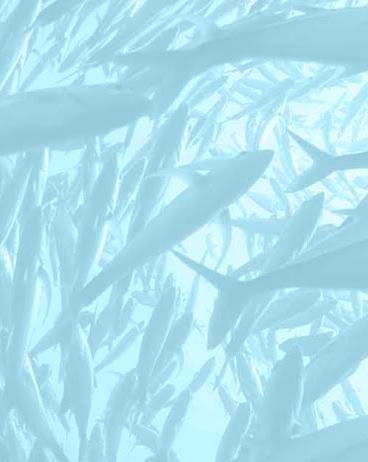 Farm-raised fish and shellfish are taking over the seafood section at your supermarket, and the vast majority is imported.
Farm-raised fish and shellfish are taking over the seafood section at your supermarket, and the vast majority is imported.
The shrimp and tilapia typically come from warm-water ponds in southeast Asia and Latin America. Farmed salmon come from big net pens in the coastal waters of Norway or Chile. But many have voiced strong environmental concerns about these practices.
Now there is a way to make aquaculture clean and green, and locally grown, according to entrepreneurs and researchers in the United States.
American aqua-farmers are successfully delivering tilapia to grocery stores, from landlocked locations like Martinsville, Va, reducing the carbon footprint of the product and eliminating environmental problems of waste and water degradation.
Bill Martin’s self-sustaining factory Blue Ridge Aquaculture is the largest tilapia farm in the world. 15,000 live fish leave the local facility every day. The plant recycles about 85 to 90 percent of it’s water (used by the fish) and also captures its own waste and does not rely on the ocean to feed its tilapia.
(READ the story or LISTEN to it at NPR)



















